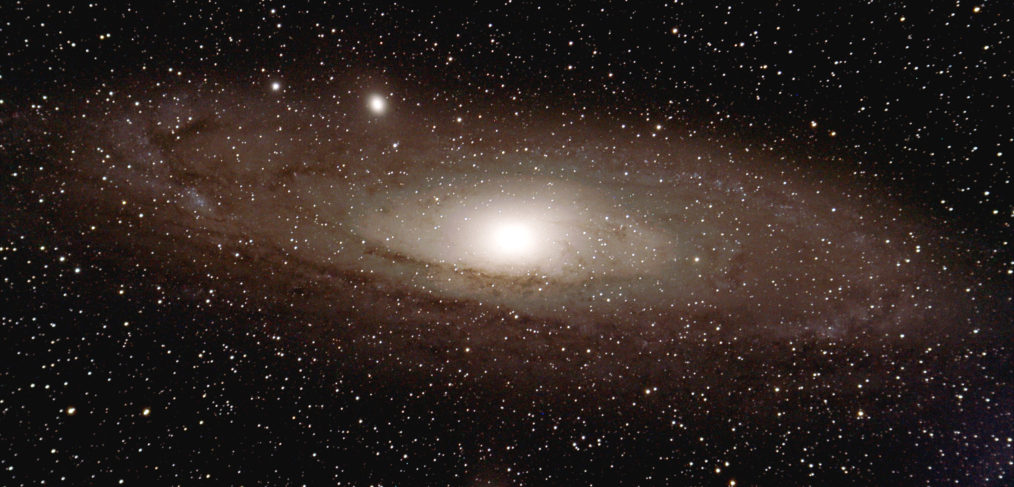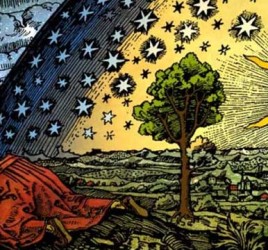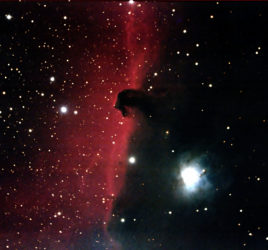
Center of Milky Way Brimming with Black Holes
Astronomers had theorized and now confirmed that the supermassive black hole at the core of the Milky Way is surrounded by many stellar mass black holes.
The Chandra X-Ray telescope has discovered 12 active stellar mass black holes within 3-light years of the supermassive black hole known as Sagittarius A*. Theory predicts many more quiescent black holes are there.
The most massive object in a cluster of stars or galaxy will sink to the center and lighter objects will migrate outwards.
Observations showed that in mature star clusters, the most massive stars will occupy the center and lower mass stars will migrate outwards. Gravity equations reveal that massive stars in chance encounters with lighter stars will lose kinetic energy while providing a slingshot effect on the lighter stars motion in the cluster. Thus overtime, the most massive stars will sink towards the center of gravity of a group and lighter stars will be tossed into the periphery, even ejected out of the cluster entirely. With the rule, twice the mass, one-tenth the lifetime for stars, this often results in red giants, or black holes in the center of a cluster.
Black holes are difficult to observe.
Unless a black hole is actively feeding on stars or gas, it is quiescent, emitting little in the electromagnetic spectrum. While active, the accretion disk of in-falling material will emit detectable radiation. The wavelength to detect unambiguously this active black hole is in X-Rays. Often, jets of ionized gas will be emitted from the poles of active black holes and be bright radio sources. The core of the Milky Way has been cleared of free gas by Sagittarius A* and there is little material for black holes to devour. But, the core is rich with stars and sometimes, a black hole will latch onto a passing star and begin to actively feed as a stellar binary. Isolated black holes are undetectable unless they produce a gravitational lens arrangement as they optically align between the Earth and a background star. The brief brightening of the star’s light will indicate the presence of the black hole. This is almost impossible to observe from Earth since the core of the Milky Way is obscured in visible light by intervening dust and gas filling the huge 27,000 light year distance.



